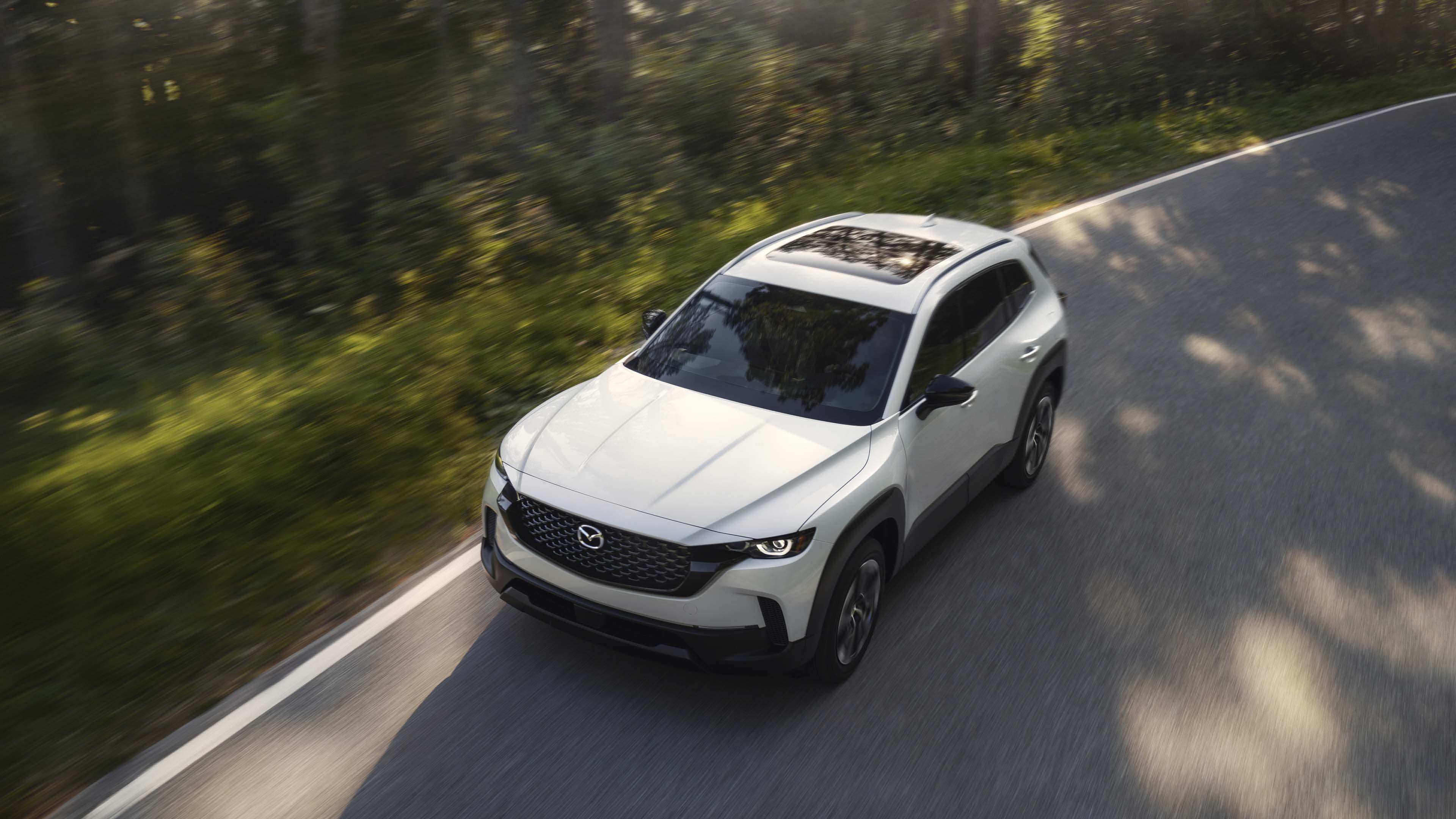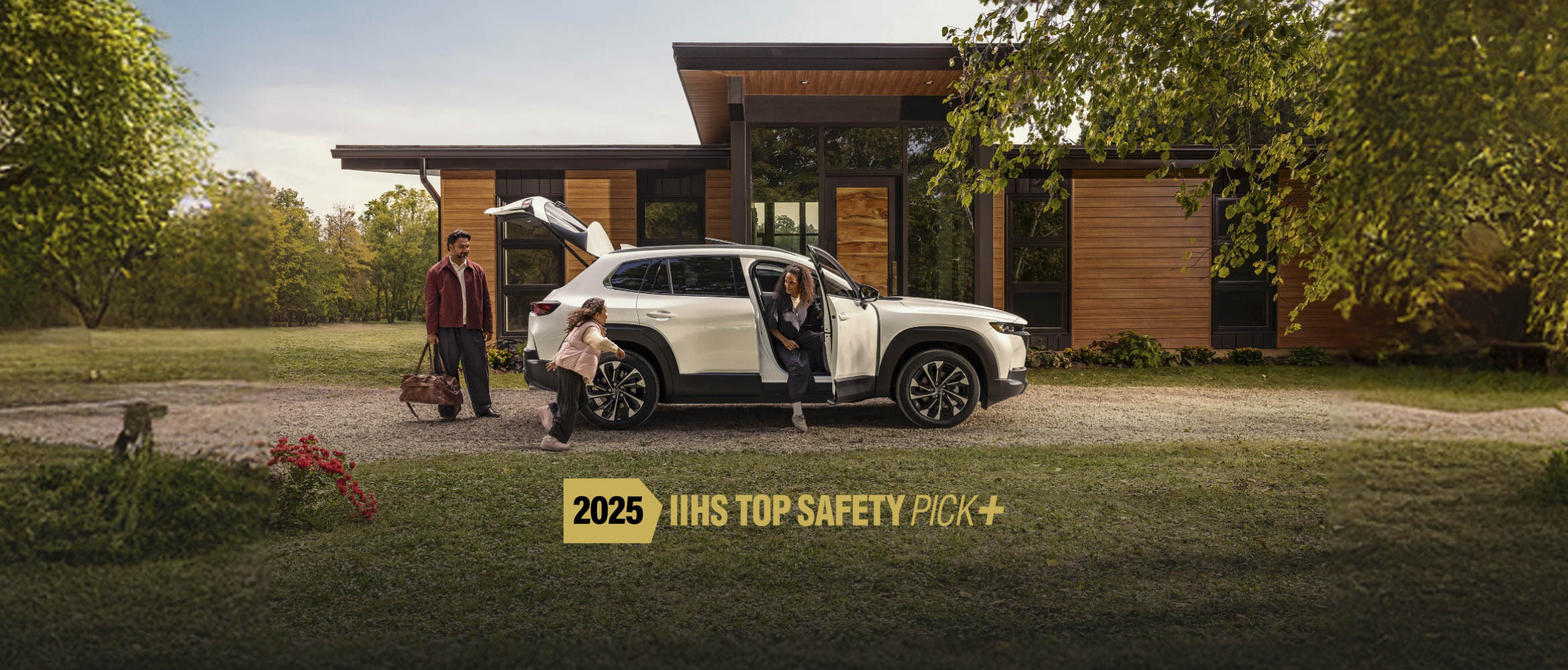BUILT FOR MORE, WHEREVER YOU GO.
This Mazda hybrid powertrain can deliver an EPA-estimated 38 MPG combined and 551 miles of total driving range all while maintaining the unique driving dynamics that you'd expect from a Mazda vehicle. 1

BETTER FUEL ECONOMY

SIGNATURE DRIVING DYNAMICS
Our hybrid crossover SUVs feature all-wheel drive and our Mazda Intelligent Drive Select (Mi-Drive) system, so you can still choose from different drive modes to best suit your driving and road conditions.
EFFICIENCY FOR EVERY ACTIVITY
The refined-yet-rugged Mazda CX-50 now offers a hybrid model, so you can go even further in pursuit of what moves you.


THE 2026 MAZDA CX-50 HYBRID
DRIVE WITH CONTROL, SAFETY AND CONFIDENCE.
NEED MORE INFORMATION?
-
Hybrid vehicles have both an electric motor and gas engine and blend the two power sources. Whilst this combination allows for greater fuel efficiency over a similarly sized gas-powered vehicle, hybrid vehicles require gas to power the vehicle, therefore, it's crucial to always maintain gasoline in the fuel tank.
-
A hybrid’s battery is charged by both regenerative braking and through the gasoline engine and it always requires gas to run, whereas a plug-in hybrid (PHEV) charges its larger battery pack primarily by plugging it into an external power source, allowing it to drive on electric power alone for shorter distances. Learn more about their differences here.
A full-electric vehicle (also known as a battery electric vehicle or BEV) is solely powered by an electric motor and battery and does not use gas. The battery needs to be charged externally.
-
Yes, while hybrid vehicles have an electric motor that supports its gas engine, they are still primarily powered by the gas engine. Therefore, a hybrid vehicle requires gasoline at all times.
-
Yes, due to support from the electric motor, hybrid vehicles have improved fuel economy compared to similarly sized gas-powered vehicles. Subsequently, they can travel farther distances on a single tank of gas.
-
The main advantages of a hybrid vehicle are better fuel efficiency and lower tailpipe emissions than a similar gas-powered vehicle.






















